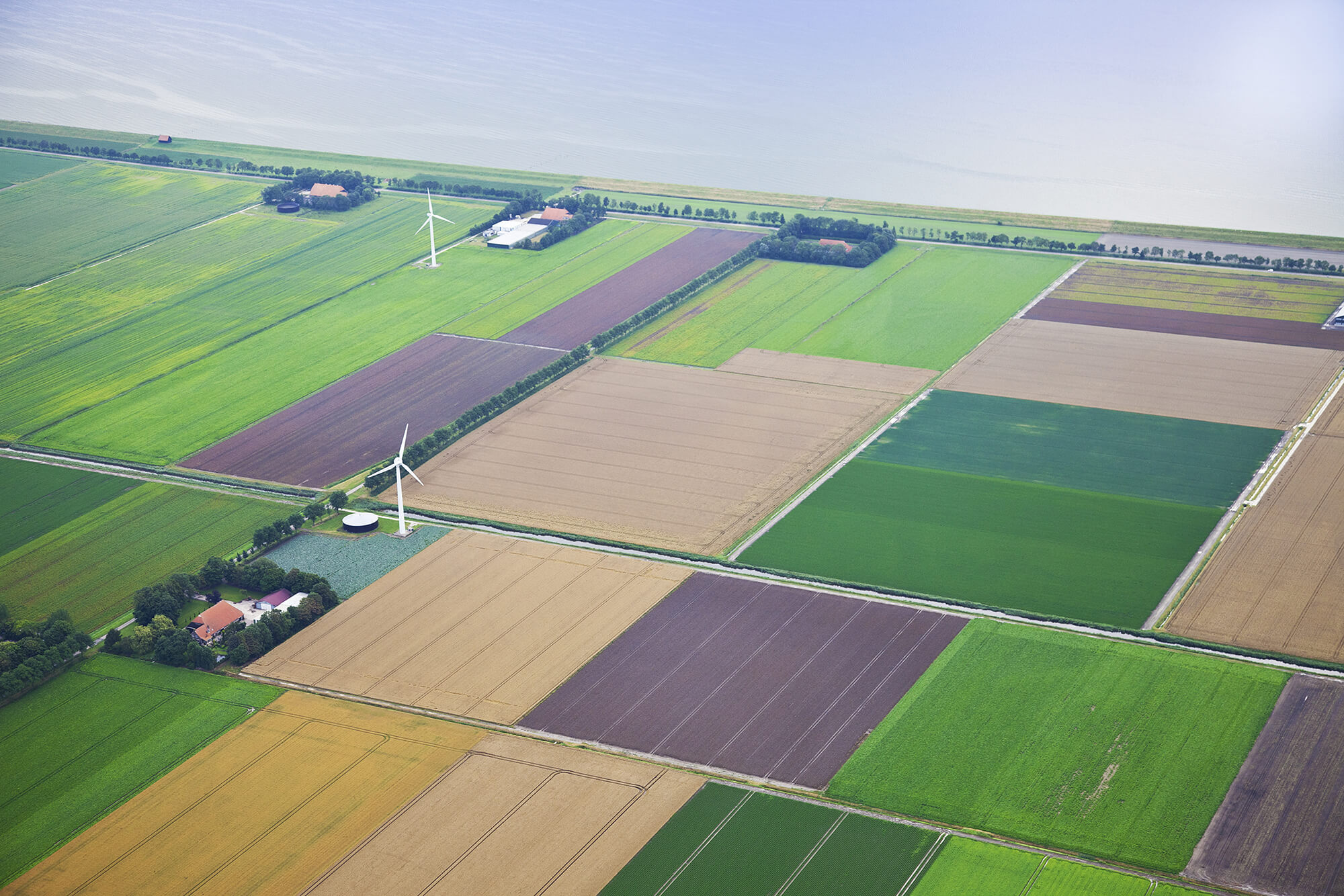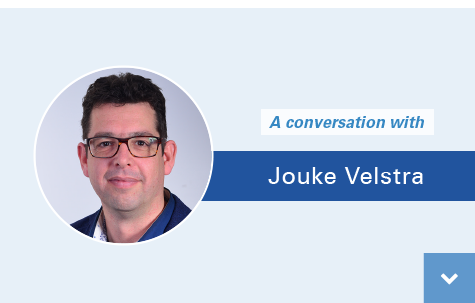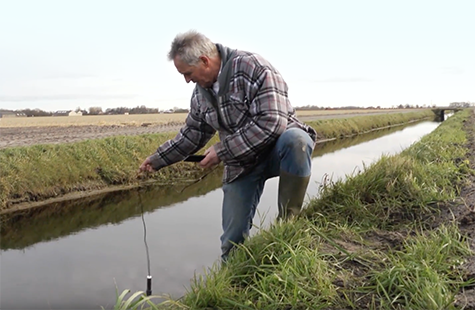
INLAAT OP MAATUsers and water managers unite to control water quality
Smart operational water management, engaging the commitment of both users and water managers; this is what creates the significant added value of the Inlaat op Maat (Tailor-made Inlet) concept. Although the name was originally intended for areas with a freshwater inlet for polders, the concept of measuring, understanding, control and efficiency is equally applicable in areas without a water inlet. In 2014, the Inlaat op Maat concept won Acacia Water – together with Kring Noordelijk Zandgebied – the Water Innovation Award of the province of North Holland, followed in 2015 by the national Water Innovation Award of the Association of Water Boards.
| |
‘The idea behind Inlaat op Maat arose years ago as we were conducting research into salinization,’ recounted Jouke Velstra of Acacia Water. ‘The general technique used in the Netherlands to prevent saline groundwater seepage from salinizing the freshwater polders (reclaimed land) is to open the slide gate and let water in. At the other end of the polder is a pumping station that will pump the water out again. It is a bit like leaving the kitchen tap running when all you need is a little water every now and then. We felt that this situation left room for improvement, and we proved right: cutting back drastically on the quantity of inlet water does not affect the results. More importantly, it enables a massive reduction of power consumption, as the pumping station has a lot less water to pump out.’ |
|
Lots of measurements requiredAssessing the necessary quantity of inlet water requires data concerning the water quality in the entire polder water system, as Velstra explained. ‘Collecting these data requires lots of measurements, preferably intricately dispersed throughout the area concerned. However, the use of traditional measuring techniques is very costly. Initially, these costs presented a barrier we could not surmount, and so the idea was shelved for a couple of years. That is, until we managed to develop an inexpensive EC (electrical conductivity) sensor in collaboration with one of our partners (Akvo), which could be connected to a smartphone to take measurements. This approach is significantly less costly than the use of a traditional measuring network.’ | |
| Dialogue with stakeholdersA crucial factor for a successful smartphone measuring network is the participation of a group of excited farmers, as Velstra pointed out. ‘This is actually working out very well. Some of this success can be attributed to the fact that we engage in a direct dialogue with the stakeholders, as we do in all of the projects we run. In this case, the stakeholders are farmers. We want to know what motivates them and what they need, so that we can align our solutions to their needs. It has to work for them as well. Besides, it is in the farmers’ own interest to have the best possible water quality, simply because it leads to higher revenues.’ |
Direct access to information for all those concernedThe measurements conducted by farmers using an app on their smartphones are transmitted in real time to a central server (cloud), just like the water board measurements. Subsequently, the data are processed and distributed online on a website where they are accessible to the general public and ready to use. As users and water managers have access to the same data, this means a dramatic increase in transparency in water management.
Initially, Inlaat op Maat restricted its analysis to saline content. Today, they have added measurements of nutrients such as nitrate, phosphate and other substances. ‘A next step in the development of this concept is to prepare a real-time flow model. Once you can see how the water moves through the water system, you can predict what will happen next. If you see a wave of salt water coming in, you are best advised to delay your planned irrigation activities.’
Basis for participative water managementSeveral (participative) measuring networks have been rolled out by now in North Holland and South Holland. ‘The beauty is that users and water managers unite to analyse the quality of the surface water. This intensive collaboration between farmers and the water board draws users and managers closer together in dialogue. Water management and water consumption become a shared responsibility. Inlaat op Maat’s participative monitoring thus forms the basis for participative water management.’
Want to read more about this project? | |
Van Hogendorpplein 4 |
|---|
Location
Service
Newsletter
Search
IWRM & Catchment management | Strategical assessments | Urban planning | Innovative techniques | System specific approach




